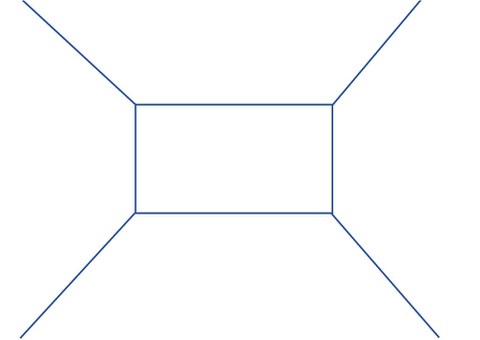Simple teaching methods
Characteristic
Simple methods in teaching are characterized by their easy accessibility and practicability for students and teachers. They do not require extensive preparation, are easy to understand and uncomplicated. Nevertheless (or precisely for these reasons) they can enrich your teaching.
Functions
- Encourage active participation and attention
- Encouraging more committed engagement with the learning material
- Reactivating and loosening up "faltering" teaching/learning situations
- To be able to react to the different needs of different students
- Promote interaction and communication within the teaching-learning community
- Quick feedback possible
Selection of simple methods
Purpose: Short exchange of experience, knowledge or opinions with fellow students on open or specific questions
Implementation:
- The teacher introduces the topic/question
- The teacher asks the students to briefly turn to their fellow students (group sizes can be determined individually) and exchange ideas in whispers
- Optional: Exchange in plenary about the results
Further information can be found here .
Purpose: informal opportunity for all students to speak briefly on a topic
Implementation:
- The teacher asks a question or addresses a topic
- All students express themselves in 1-2 sentences or just keywords
- No discussions during statements (optionally, unclear points can be discussed afterwards)
- A short conclusion is advantageous
Further information can be found here.
Purpose: Activation of prior knowledge, collection of thoughts and suggestions on a specific topic
Execution:
- Naming a term/ a problem/ a thought-provoking question (should be visualized)
- Ideas can either be noted down individually by students or addressed directly in plenary (rule: what is said is neither commented on, nor corrected or criticized. Free associations and imagination are also allowed)
- Everything should be written down on the blackboard or similar
- Ideas should be taken up in the further course of the course and schematized if necessary
Further information can be found here.
Purpose: Collecting individual ideas, structuring and, if necessary, developing them further
Implementation:
- The teacher explains the topic
- At tables of 4, the students can write down their thoughts on their segment of the place mat (see picture)
- The completed placemat is then turned so that each member of the group can briefly read the segment
- Joint results are recorded in the middle after discussion
Further information can be found here.

